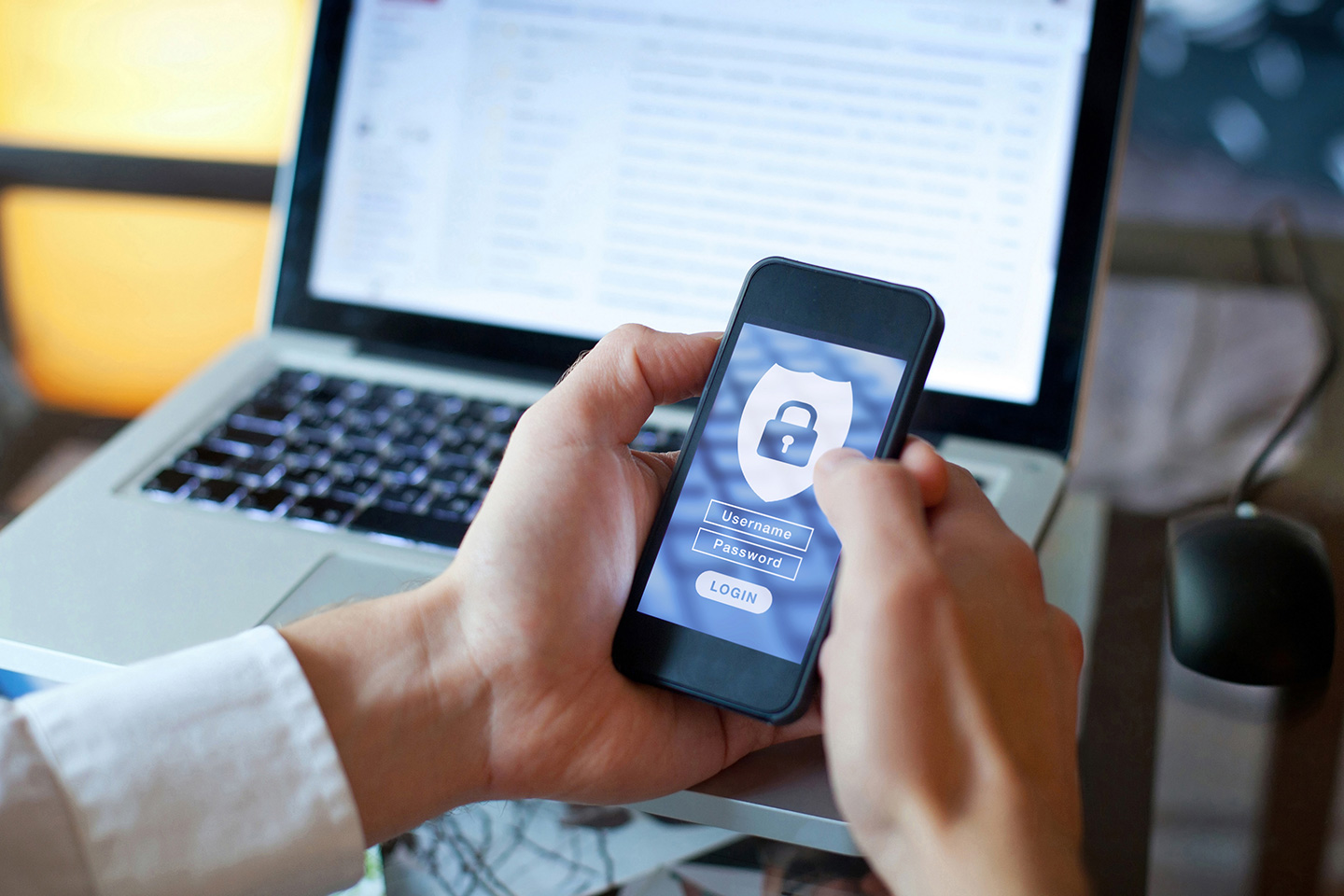Employees are simultaneously an organization’s greatest strength and its worst weakness when defending itself against cyber criminals.
Using many factors offers a layered defence, which means that even if one layer of defence is circumvented, you will still have other barriers. Traditional usernames and passwords are vulnerable to attacks like brute force and the use of dictionaries. MFA enhances credentials.
What is MFA?
Adding elements to the authorization process that goes beyond the typical credentials is what’s meant by the term “multi-factor authentication.”
The standard username and password are used for logging in by the staff members. After that, we’ll open them up to ensure they pass the second verification stage. The second authentication factor might be anything, from a random passcode to a scan of the user’s retinas.
These strategies can generally be broken down into three types. Something the individual is aware of, possesses, or exemplifies; also, something the person is. In a perfect world, every verification level would come from a different kind of source than the one that came before it.
Why Use MFA?
Every time you require a certificate, a significant amount is on the line. That is the primary reason you are taking precautions to safeguard something. The reality is that turning on MFA is a simple process.
With time, billions of credentials have been stolen. The evidence unequivocally demonstrates that cybertheft does occur and does so frequently. So’s easy to crack passwords, and there are many different ways to accomplish it.
Not to mention that passwords are frequently just given out, email phishing is one of the most successful forms of cyberattack, and it does not even require breaking a password. Because of this, it is imperative that all staff, starting at the top of your firm and working their way down, receive cybersecurity training.
If you are a company’s owner or the company’s chief executive officer, you need to remember that your staff represent your greatest cybersecurity risk. Even when enforcing stringent password rules, employees will do the bare minimum. At least one team member is likely to fall for a phishing email, and all a cybercriminal needs are one credential to access your data. Phishing emails are extremely convincing.
By introducing a second authentication factor, malicious actors that try to steal credentials will be met with a second obstacle to overcome. They will only be granted the access they seek if they have the employee’s possessions or biometrics.
MFA in Microsoft 365
Now that you’ve got everything you need, it’s time to set up multi-factor authentication in the Microsoft 365 cloud that your company uses. However, how can you accomplish this? What different paths are available to you?
Microsoft 365 makes it very simple to set up multi-factor authentication. Select people by using the gateway provided by Microsoft 365. After that, select the users whose accounts you want to require MFA by clicking “Multi-Factor Authentication.” You must have global administrator privileges to do so.






